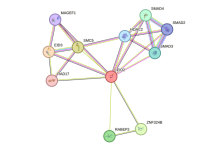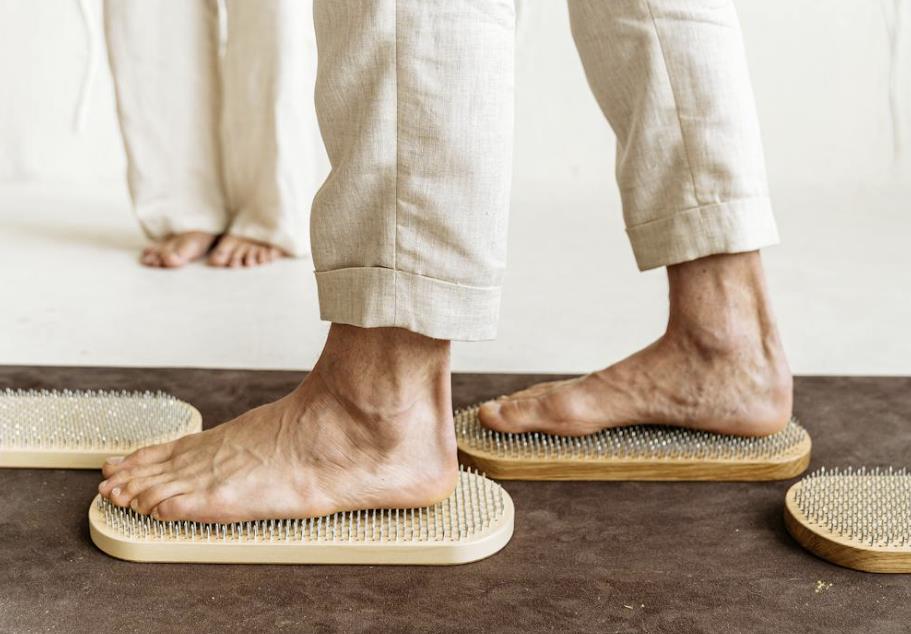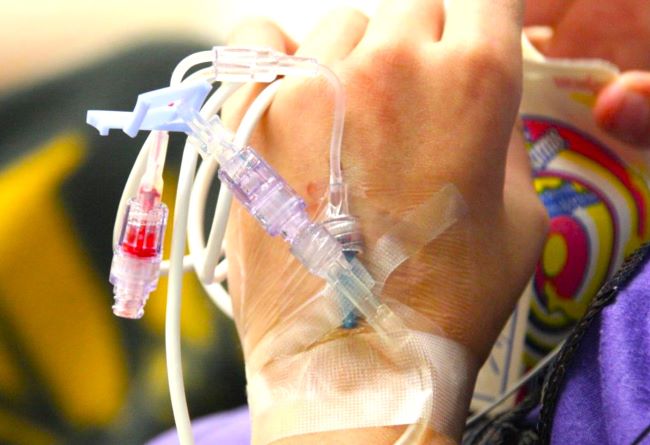Muscular Dystrophy Symptoms and Treatment
Muscular dystrophy is a group of genetic conditions in which muscles become weak and wasted. Almost exclusively affects boys. Most of this condition is Duchenne. There are two main types of muscular dystrophy.
-
The common type of muscular dystrophy that causes serious disability in early childhood
-
A second, much rarer type of the disorder is Becker muscular dystrophy. The onset of this condition is slower, and the symptoms start later in childhood.
Other extremely rare forms of muscular dystrophy can affect both girls and boys. Both Duchenne and Becker’s muscular dystrophies are caused by an abnormal gene carried on the X sex chromosome. Girls may carry the defective gene but do not usually have the disorder. Because they have two X chromosomes, the gene on the normal X chromosome compensates for the defect in the gene on the other.
What are the symptoms?
The symptoms of Duchenne muscular dystrophy usually appear around the time a child begins to walk. Late walking is common; often, an affected child does not begin to walk until about 18 months and then falls more frequently than other children. The more obvious symptoms may not appear until the child reaches age 3-5 and may include: waddling, gait, difficulty climbing stairs difficulty getting up from the floor characteristically, using the hands to “walk-up” the thighs
-
Large calf muscles and wasted muscles at the tops of the legs and arms
-
Mild learning disabilities (especially the Becker type). The symptoms are progressive, and a child may be unable to walk by the age of 12. The symptoms of Becker muscular dystrophy are similar but usually do not appear until about age 11 or later. The disease progresses more slowly; many of those affected are still able to walk until their late 20s or later.
What is the treatment?
If your doctor suspects muscular dystrophy, he may arrange for a blood test to look for evidence of muscle damage. Electromyography, which records electrical activity in muscles, may be performed. A small piece of muscle may be removed under general anesthesia for microscopic examination. Tests may be done to find out if the heart is affected, including recording electrical activity in the heart (ECG) and ultrasound scanning.
The treatment for muscular dystrophy is aimed at keeping a child mobile and active for as long as possible. A team of professionals, such as a physical therapist, doctor, and social worker, can provide support for the whole family. Physical therapy is important to keep limbs supple, and supportive splints may be used. Duchenne muscular dystrophy is usually fatal before age 20%; the outlook in the Becker type is better, with affected people often surviving into their 40s.

Read More: Important Food Tips to Live a Longer Life
Product You May Be Interested in
- Boost Your Energy, Immune System, Sexual Function, Strength & Athletic Performance
- Longest Living Doctors Unlocks Fastest Way to Burn Fat
- Perfect Paleo Powder – The Easiest Way You Can Get the Protein & Critical Nutrients Your Body Needs






